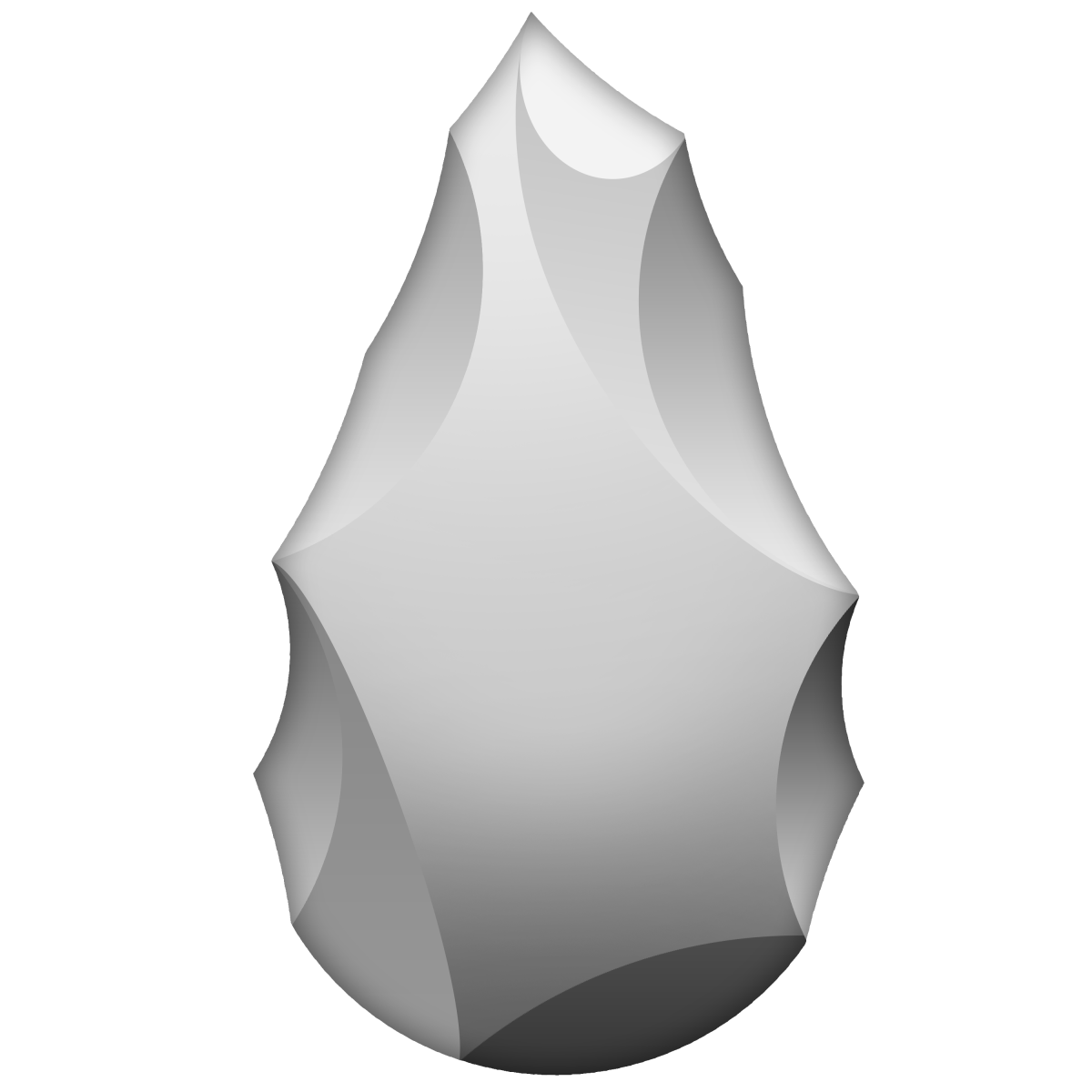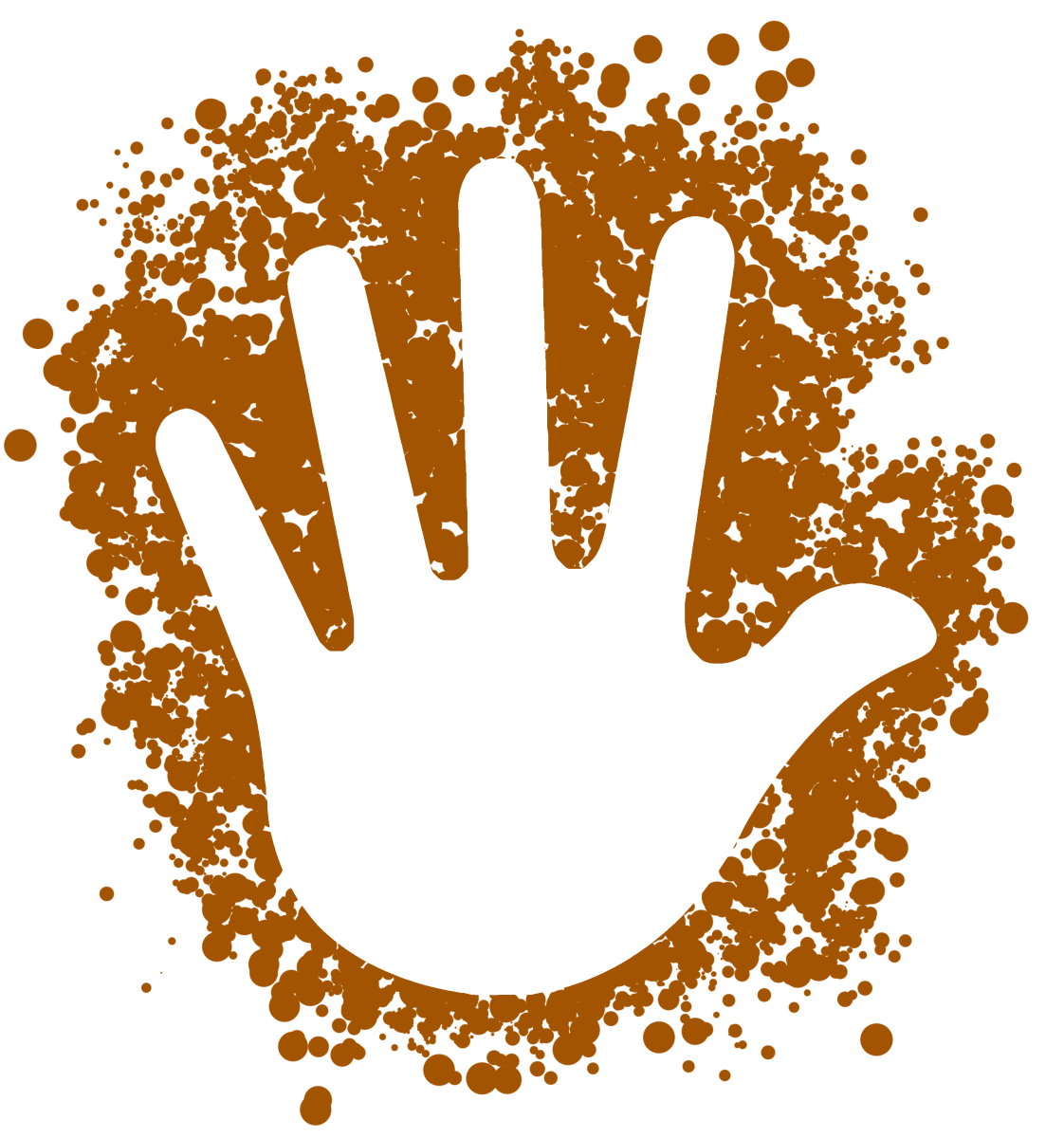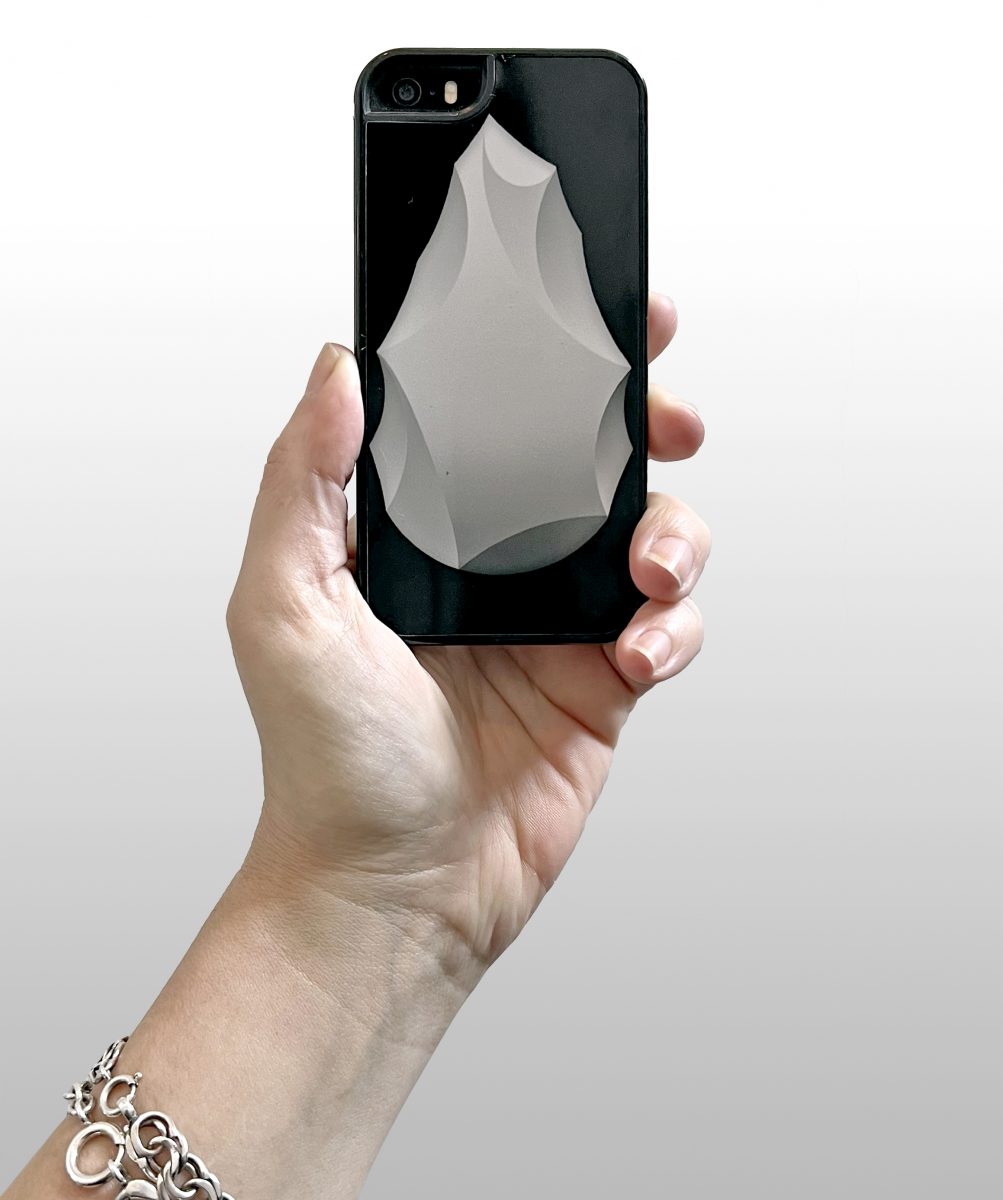Stone Tool and Hand Stencil emoji proposals
2 PDFs, 2020
Keywords: Pictogram Language, Digital Semiotics, Unicode Standardization, Prehistoric Communication, NFT Authorship
In June 2020, I submitted two proposals for emoji to be added to the growing vocabulary of digital pictograms. Unfortunately, Unicode, the organisation responsible for standardising digital symbols, rejected both proposals in the first round of selection.

Stone Tool emoji proposal

Hand Stencil emoji proposal
Anyone is free to submit an emoji idea. Each year, Unicode adds a selection of emoji based on the proposals received. The entire selection process can take up to a year from submission to implementation. Many devices and applications use their own design sets for emoji, so the proposal is more of a conceptual defence than a design challenge.
The Stone Tool and Hand Stencil emoji were predicted to be used too infrequently for implementation, although I argued that their conceptual merits outweighed this, especially since prehistoric cave art of hand stencils are the first examples of pictograms.
Image below: hands at the Cuevas de las Manos upon Río Pinturas, Argentina. (via Wikipedia).

Read the Stone Tool emoji proposal below:
Proposal-for-Emoji-STONE-TOOLMail by Unicode:
Thank you again for your proposal. The committee has reviewed this and declines to ad a “stone tool” emoji. This is too specific and there is low potential for widespread use. There is a (recently added) “rock” emoji which could be used with any too, such as dagger, hammer, etc to convey this concept.
Read the Hand Stencil emoji proposal below:
Proposal-for-Emoji-HAND-STENCILMail by Unicode:
Thank you for your proposal. The committee has reviewed it and declines to add this as an emoji. There is not a strong enough case for the addition, considering factors such as the statistics and the existence of various “hand” emoji already.
Note: Unicode keeps a record of proposals, including declined ones. For unknown reasons only the Hand Stencil proposal is included in this list. I have asked Unicode several times to add Stone Tools, but to no avail so far.
The proposals as art works
The proposals were unsuccessful in the sense that they failed to achieve their goal: to become part of the set emoji that is used by so many people across the world as a reminder of the origins of human technology. However, their conceptual logic is sound, and in that sense, they are ‘successful’ art pieces.
But how to validate the emoji proposal submissions as art works? The pdfs are functional, but not particularly visually appealing. My emoji designs are examples, not definitive ‘products’.
A solution was to connect them to nfts, non-fungible tokens on the blockchain. An nft is a contract, and connected to a digital file such as an image, video, or pdf, adds the equivalent of a digital signature. It authorises a file.
The proposals were then offered in the context of an nft art marketplace, where they were sold – as art.
Stone Tool & Hand Stencil submissions as nfts.
Using the emoji
The emoji designs occasionally pop up in art projects, such as in NGMI. The .zip file below contains both emoji designs as fairly high resolution .png images, and a custom Photoshop brush, scattering the hand stencil emoji across the screen. All of these are licensed under Creative Commons license CC BY-SA 4.0, which means that you can share and use the files as you wish, as long as you give proper attribution and do not use them for commercial purposes.
Below some examples of the emoji designs ‘in action’.



